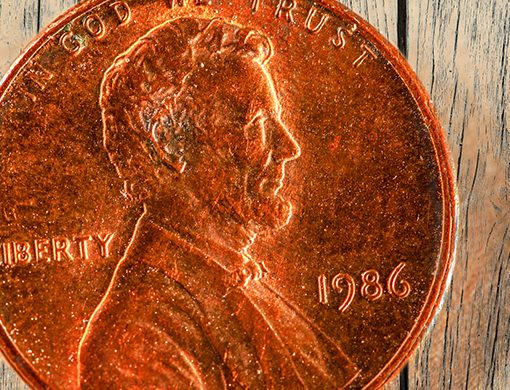Electroplating provides manufacturers with design flexibility
Consumer products often are manufactured out of one metallic material and then plated with a thin layer of another to enhance or change their chemical, physical, and mechanical properties or make them more aesthetically pleasing, for instance, in the case of jewelry. Electroplated products also make an appearance in industrial settings—an outer coating on machine parts helps them withstand harsh conditions, reduce friction, resist heat, and increase hardness.
The electroplating process uses electric current to cover a part with a thin layer of metal. The part to be coated functions as the cathode and is submerged in a bath containing an anode. Anodes can be made from a variety of different metals or alloys, depending on the desired result, including Aluminum, Zinc, Magnesium, Titanium, Tin, Lead, Copper, Bronze, Brass, Copper-Tin, and Copper-Zinc. The bath usually is a solution that contains dissolved metal salts and other ions that encourage the flow of electricity. Because the part (the cathode) is negative, when voltage is applied to the anode, metal ions formed in the solution are attracted to the cathode where they gain electrons and deposit out of the solution onto the cathode’s surface as pure metal. The type of electroplating process used (e.g., barrel plating or rack plating) requires anodes of different shapes and sizes, for example, oval, flat, rods, bars, and squares.
Plating anodes made of Copper and Copper-based alloys are used to electroplate parts that need increased corrosion resistance, ductility, strength, or electrical conductivity. A well-known Copper-plated object is the penny, which is made of Copper-plated Zinc, but other common Copper-plated products include bullets, electrical components, and automotive parts. Brass electroplating can help finish iron parts or serve as an intermediate layer for nickel plating. It can be buffed to a decorative shine and, as a result, is mostly used in home accent and furniture applications, such as hinges, handles, and lamps. Certain Copper-based alloys are developed especially for electroplating purposes, such as Phosphorized Copper, which is made from high-purity Copper and a small amount of Phosphorous.
Because Copper is a soft metal, it is a good choice for electroplating parts that will need further processing, such as bending, because the plating will bend with the part instead of separating from it. Companies often choose to pre-plate parts with Copper because it works well with a variety of different materials and metals. Because of this flexibility, Copper electroplating often is used to enhance nonmetallic materials, including plastic.
It’s important to purchase plating anodes from companies that adhere to strict manufacturing processes because impurities can affect the coating’s thickness and performance. Belmont Metals, headquartered in Brooklyn, New York, has been manufacturing plating anodes for almost 100 years. The company stocks a wide variety of alloys and shapes for all electroplating processes, including INCO Nickel, high-grade Zinc, Copper, Phosphorized Copper, Brass and Bronze, and CDA 101 Copper. Belmont Metals also provides its customers with tables and other resources to assist with plating anode weight calculations and welcomes customer inquiries to discuss specific projects.

